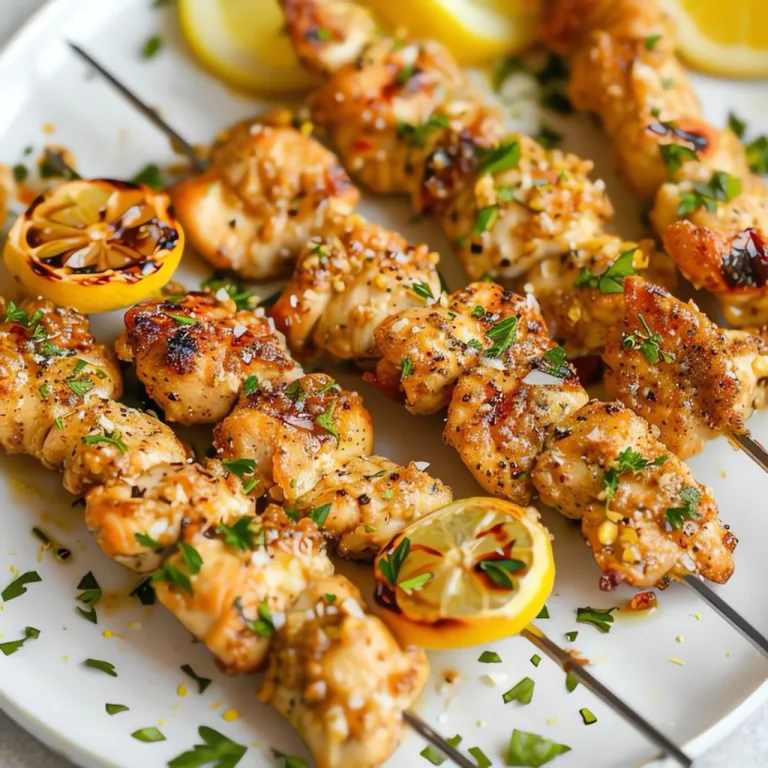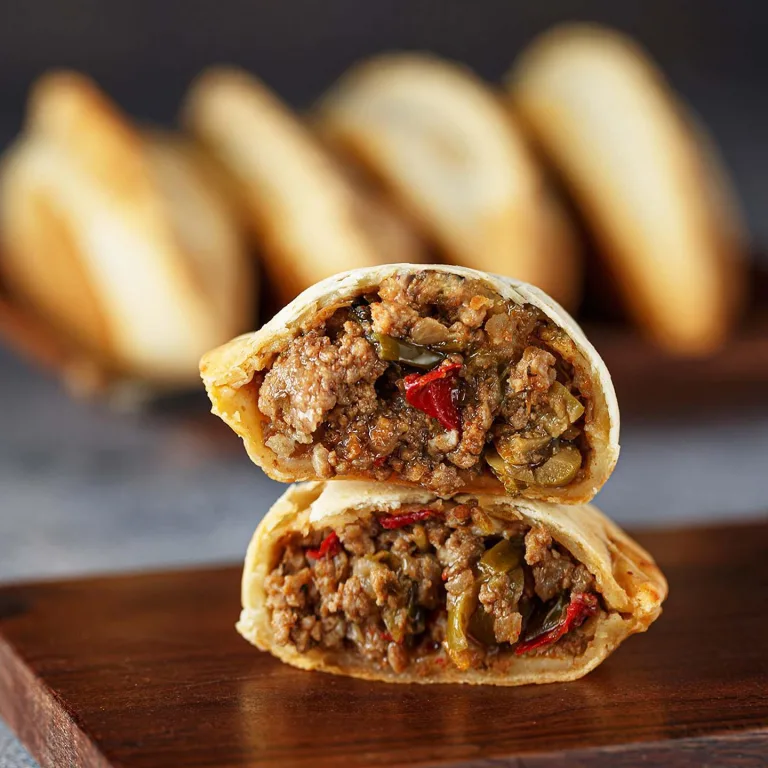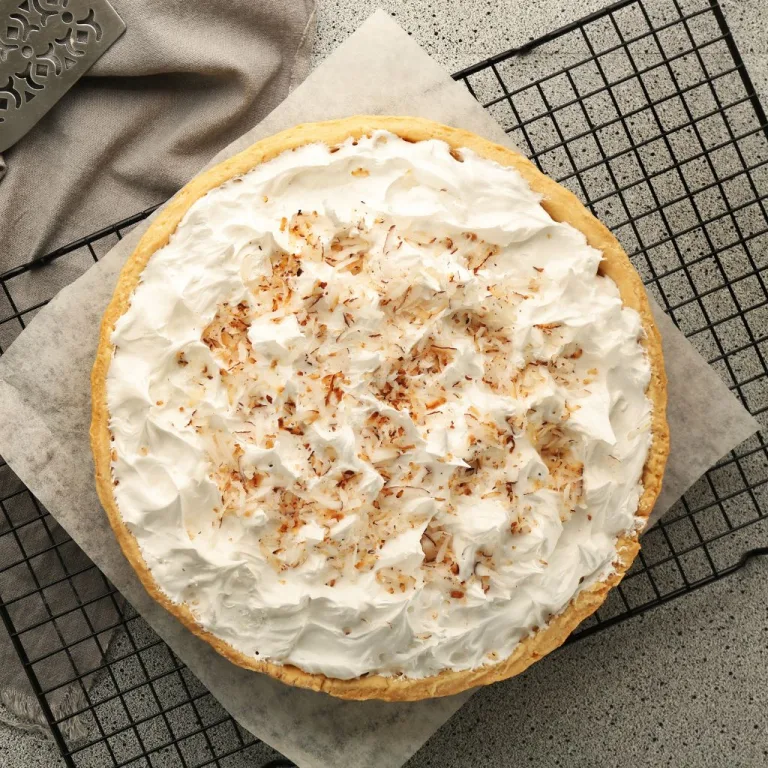Creating engaging recipe videos for YouTube is an art that combines visual appeal, storytelling, and clear instructions. With the rise of food content on social media, aspiring creators need to focus on producing high-quality, entertaining, and informative videos that captivate audiences. Whether you are a beginner or an experienced content creator, this step-by-step guide will help you create compelling recipe videos that attract and retain viewers.
Step 1: Plan Your Recipe and Concept
Before you start filming, it is crucial to have a clear plan for your recipe video. This includes selecting a recipe that aligns with your audience’s interests and ensuring it is visually appealing. Consider the following:
- Choose a recipe that is easy to follow and engaging to watch.
- Break down the steps into manageable segments.
- Write a script or outline to maintain a smooth flow.
- Think about the visual elements, including colors, plating, and ingredient presentation.
Step 2: Set Up Your Filming Space
A well-organized filming setup enhances the quality of your video. Ensure your workspace is clean and well-lit to highlight the ingredients and cooking process effectively. Key factors to consider include:
- Lighting: Natural light is ideal, but if unavailable, use softbox lights to avoid harsh shadows.
- Background: A clutter-free and aesthetically pleasing background enhances the video’s appeal.
- Camera Positioning: Use a tripod or stabilizer to keep the camera steady and capture the best angles.
- Props and Ingredients: Arrange all necessary tools and ingredients before filming to minimize interruptions.
Step 3: Film with Creativity and Clarity
The way you shoot your video plays a vital role in audience engagement. Use dynamic shots to make the content visually interesting. Some useful filming techniques include:
- Multiple Angles: Capture different angles such as top-down, close-ups, and side shots to add variety.
- Slow Motion: Highlight key steps, like pouring or mixing, to enhance visual appeal.
- Step-by-Step Clarity: Ensure each step is filmed clearly so viewers can follow along easily.
- Engaging Presentation: Speak clearly if providing voice-over narration or use on-screen text to explain key steps.
Utilizing video making apps can simplify the process by offering pre-set templates and tools to enhance the overall quality of your content.
Step 4: Edit Your Video for Maximum Engagement
Editing transforms raw footage into a polished and captivating video. A YouTube video editor can help streamline this process by providing essential tools for trimming, adding transitions, and enhancing visuals. When editing, consider:
- Trimming Unnecessary Footage: Keep the video concise and to the point.
- Adding Captions and Graphics: Highlight important information and emphasize key steps.
- Incorporating Music and Sound Effects: Choose background music that complements the theme without overpowering the narration.
- Enhancing Colors and Contrast: Adjust brightness and saturation to make the video visually appealing.
Step 5: Optimize for YouTube SEO
A great recipe video needs proper optimization to reach a wider audience. Implement these SEO techniques:
- Compelling Title: Use clear and descriptive titles with relevant keywords.
- Detailed Description: Include a well-structured description with keywords, timestamps, and links.
- Tags and Hashtags: Use relevant tags to improve discoverability.
- Engaging Thumbnail: Create an eye-catching thumbnail that accurately represents your video.
- Subtitles and Closed Captions: Improve accessibility and reach a broader audience.
Step 6: Promote Your Video Across Platforms
Once your video is live, actively promote it to gain traction. Utilize social media, email newsletters, and collaborations to increase views and engagement. Some effective strategies include:
- Sharing on Social Media: Post on Instagram, Facebook, and Twitter with engaging captions and teaser clips.
- Collaborating with Influencers: Partnering with food bloggers or influencers can help expand your audience.
- Embedding on Websites or Blogs: If you have a food blog, embedding the video can drive traffic from multiple sources.
- Engaging with Comments: Respond to viewer comments to build a loyal community.
Step 7: Monitor Performance and Improve
Analyzing your video’s performance helps you refine your future content. Use YouTube Analytics to track:
- Watch Time and Retention: Understand where viewers drop off and improve accordingly.
- Engagement Metrics: Monitor likes, shares, and comments to gauge audience interest.
- Traffic Sources: Identify where your views are coming from to focus on the most effective promotion strategies.
Step 8: Experiment and Innovate
To keep your audience engaged, continuously explore new styles and formats. Some ideas include:
- Live Cooking Sessions: Host live videos to interact with your audience in real-time.
- Behind-the-Scenes Content: Show the preparation and bloopers for a personal touch.
- Theme-Based Series: Create a series focusing on specific cuisines or seasonal recipes.
Conclusion
Creating engaging recipe videos for YouTube requires careful planning, creativity, and consistency. By focusing on quality filming, effective editing, SEO optimization, and active promotion, you can grow your channel and attract a loyal audience. Whether you are a beginner or an experienced creator, following these steps will help you craft compelling and high-quality cooking videos that stand out in the competitive online space. Start experimenting today and make your mark in the world of culinary content!





